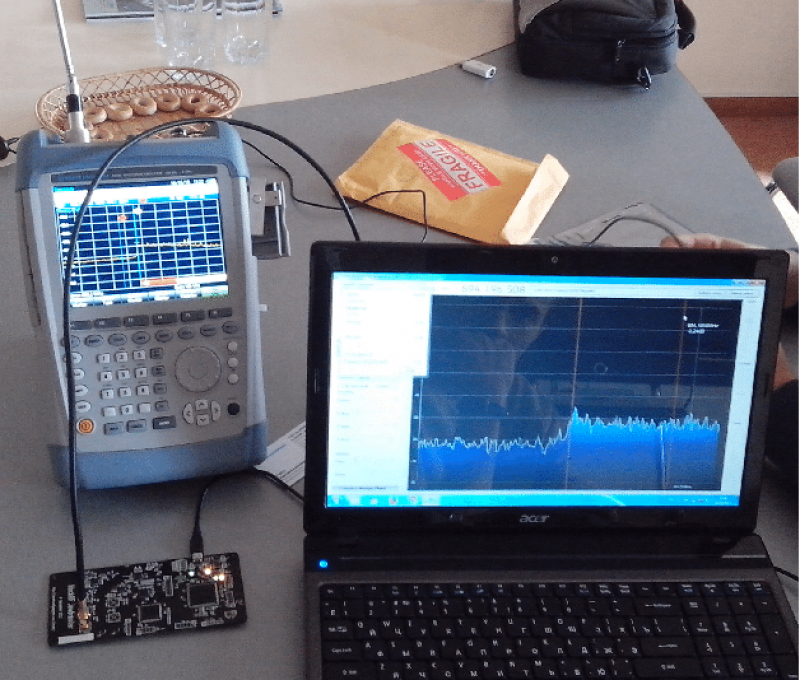
We answer that hackRF converts radio signals into digital signals that can be processed on a computer, and this has several effects, including:
Receive RF signals that are received by antenna radio signals before they are converted to digital ADCs by an analogue and sampled, where they are filtered, amplified and processed.
We also have the'TX' signal transmitter which undertakes to convert digital data into analog signals with the applications of a digital to analog 'DAC' converter which is then transmitted through an antenna.
And we have processing where the data is processed using 'SDR' software for analyzes or modifications in and modifying the signals.
Let's talk about the hardware characteristics of hackRF in terms of parameters and values
- Frequency ranges [ 1 MHz-6GHz]
-ADC/DAC sample resolution [8 bits]
-connector [female SMA for antenna]
-Multi-height sample rates are up to 20 MSPS
-Power supplies [USB powered from 5V~500mA]
-Antennas [with your ANT500 antenna]
-RF power output [10+ DbM]
-Dimensions[ 12mm*75mm*15mm]
And let's talk about the features of hackRF software with different types of SDR programs
GNU radios are the most widespread framework for creating custom signal processes and allowing users to design custom SDR tests, and we also have SDRSharp, which is relatively easy to use and friendly 'sdr ' is primarily for Windows and is useful for viewing signals and analysis. We also have 'GQRX' which is 'SDR' cross-platform software for real-time spectrum analysis running on Windows, Linux andMACos
Published by Ego